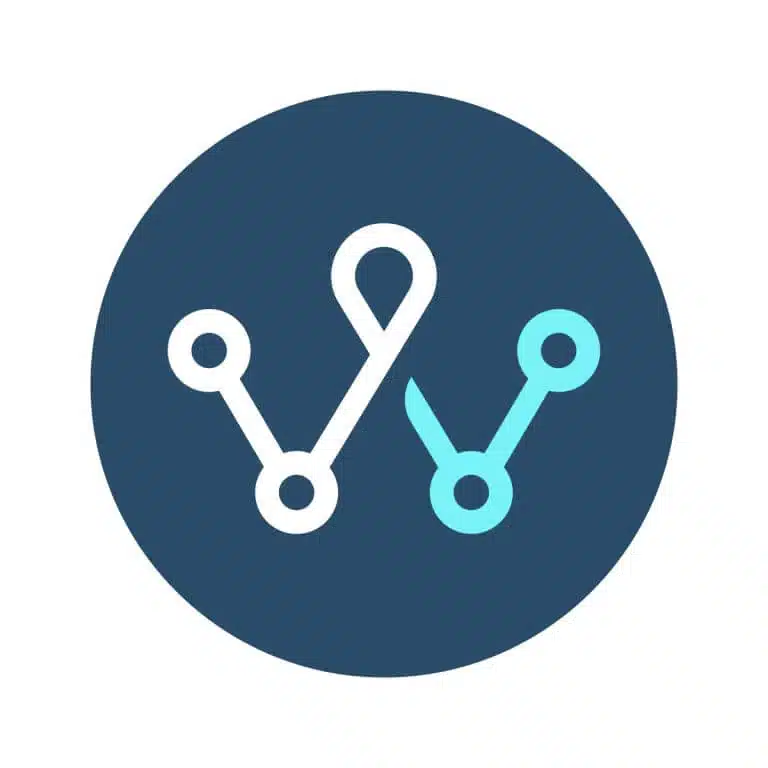Authored by: The WayPath CMS Team
The content management software (CMS) marketplace has grown exponentially in the last few years, and the trend shows no sign of slowing. Just consider these figures:
- Revenue in the content management software segment is projected to reach USD 19.40 billion in 2022
- Revenue is expected to show an annual growth rate (CAGR 2022–2027) of 5.97%, resulting in a market volume of USD 25.92 billion by 2027
- The average spend per employee in the content management software segment is projected to reach USD 5.62 in 2022
Pioneers in the CMS world, such as Sitecore, will continue to fuel this steady growth.
Much has been said and written about the latest release of Sitecore version 10.1 But is it worth upgrading if you’re still running an older version of the software? Let’s explore.
Sitecore Through the Years
Since releasing the original Sitecore 6.0 in 2008, the company has continued to harness the latest technological advancements while considering evolving consumer and workplace trends to deliver excellent user experiences and heightened levels of customer engagement.
Let’s take a quick look back at the iterations of Sitecore over the years:
- Sitecore 6 was heavily mobile-oriented, supporting the then-emerging trend of mobile-first customer engagement and experience management
- Holistic digital experiences were the focus of the next iterations; Sitecore Experience Platform (Sitecore XP) in v7.5 was complemented by the introduction of Sitecore Experience Database (xDB) and Sitecore Experience Profile (xProfile)
- New releases (7.x and 8.x) included large-scale UI redesign and harmonization, more granular analysis of customer engagement activity, enhanced personalization features and experience profiles, and a move to the cloud
- Sitecore 9 introduced several upgrades for the Experience Platform (XP) 9, including xConnect, Forms, Redesigned Marketing Automation, Sitecore JavaScript Services, and Federated Authentication
If you’re interested in learning more about Sitecore, browse our Sitecore Resource Library.
Say Hello to Sitecore 10.1
Sitecore released Sitecore 10.1 in early 2021. This version is designed to enrich the experiences of different business user personas, including developers, digital marketers, and administrators.
Upgrade from Versions 6.x, 7.x, 8.x, 9.x – Is It Worth It?
Here are some of the top reasons businesses opt to upgrade to Sitecore 10.1:
- Accelerate and improve the delivery of customer experiences
- Achieve further alignment between marketing, IT, and customer experience teams
- Enrich personalization efforts and gain greater visibility of different customer segments
- Leverage rules-based content profiling to better tag content and gain more visibility of the digital behaviors and content consumption patterns of both known and unknown website visitors
- Improve editing, site authoring, and workflows thanks to updates to Horizon and SXA
- Benefit from more flexible delivery models (including static site generation (SSG), server-side rendering (SSR), or hybrid approaches) using a new Next.js SDK – an enterprise-ready JavaScript framework.
Next, let’s understand why the improvements delivered in Sitecore 10.1. make the option to upgrade a compelling one.
10 Reasons You Should Consider Upgrading to Sitecore 10.1
1. An Easier Upgrade Path
Upgrading to a new version of Sitecore potentially represents a significant investment in time and resources. The good news is that Sitecore 10.1 introduces a new upgrade methodology that covers Sitecore 8.1 and later versions. Notably, all documentation is centralized in a single upgrade document. This makes the upgrade effort smoother and less costly.
2. A Redesigned Launchpad
Sitecore 10.1 ushers in a new look and feel for the launchpad. Specifically, it provides more effective differentiation between Commerce, Marketing Applications, Content Editing, and Access Management. The layout is cleaner, icons are better designed, and the dashboard is less colorful.
3. Improvements to Horizon
Horizon Editor was one of the highlights of Sitecore 9.3, but its first release had certain limitations. In the release of version 10.0, Sitecore added features such as multi-language support and better integration with Sitecore Content Hub. Sitecore 10.1 brings further tweaks, including the ability to:
- Enjoy greater editing options for fields, checklists, and drop-down menus
- Search within Horizon for content and media items
- Create and edit data source items
- Publish items associated with sub-items
4. New Sitecore Forms Functionality
Sitecore Forms saw a series of enhancements in both Sitecore 9.3 and 10. The latest release makes it easier for users to send an email when a form is submitted. It also makes life simpler for front-end developers; now, they can create lists of CSS class options and link them to different elements of Sitecore forms using the auto-complete functionality.
5. Performance Improvements to Sitecore Experience Database (xDB) Reporting and Management
Historically, Sitecore Experience Database (xDB) has been subject to performance issues. When it’s utilized for analytics and personalization, it can consume a considerable volume of data. Thanks to some back-end modifications, Sitecore 10.1 alleviates this challenge by separating the content management and STD reporting roles. It also introduces data encryption improvements and the ability to purge data sets to free up space.
6. A More Streamlined Development Processes
Sitecore 10.1 is welcomed by the developer community for several reasons. For example, Sitecore CLI (Command Line Interface) now supports the use of the Git Commit app package manager and the NPM package manager. This affords developers a greater level of control over plug-ins.
7. More Flexibility for HTML Caching
Sitecore 10.1 addresses a longstanding limitation of previous versions – somewhat inflexible caching policies. Previously, users would either have to apply caching to a whole page or disable it altogether when they’d prefer to turn it off for a single component. With Sitecore 10.1, that level of granularity is available down to the page and component level, which improves the experience for site visitors.
8. Changes to Sitecore Experience Commerce
Sitecore Experience Commerce uses Redis for data storage. Version 10.1 includes some notable improvements to Redis, such as data compression and connection pooling. This reduces the risk of servers becoming overloaded, which could result in the sub-optimal performance of high-volume ecommerce sites.
9. Enhancements to the Email Experience Manager
Sitecore 10.1 includes minor but meaningful improvements to Sitecore Email Experience Manager (EXM). These include more sophisticated controls aimed at halting ineffective retries of email sends, enhanced support for emails in new languages, and a suite of new email templates.
10. Value-Adds for the Sitecore Experience Accelerator (SXA)
The Sitecore Experience Accelerator (SXA) is a framework that allows businesses to quickly build their sites and supports the reuse of certain components, templates, and layouts. Sitecore 10.1 introduces some handy new features, such as the ability to:
- Set themes at the component level
- Establish a template for a series of pages using branching
- Use HMTL to render assets that aren’t hosted on Sitecore into different pages
- Use the Horizon editor on SXA sites
Sitecore Upgrade Considerations
Clearly, Sitecore 10.1 release enhances several important aspects of the platform. Collectively, these improvements will help businesses optimize their content management efforts, boost performance, streamline administration, and accelerate development.
However, if you’re considering migrating or upgrading to Sitecore 10.1 from your current version or another web content management platform, you can’t leave anything to chance. Like any other web development project, shifting to a newer version of Sitecore isn’t always an easy task.
WayPath has a solid track record in helping businesses identify possible issues during a Sitecore implementation or upgrade through proper planning, quality control, testing, development, and deployment.
Our comprehensive solution package includes the following elements:
- Migration to the latest Sitecore platform
- End-to-end project delivery: build, test, demo, and deploy
- Formulation of a content strategy and testing strategy
- Definition and execution of four workstreams: content, design, development, and change management
- Definition of a new technical architecture and ecosystem
- Identification of new infrastructure needs (e.g., servers) for the updated setup
- Deployment and execution support for the in-house IT team
If you’re interested in learning more about WayPath and how we can accelerate your CMS ambitions and streamline the upgrade process, read more about our expertise here.
Do you have questions or want to start the conversation? Contact us, and we’ll have our experts ready to jumpstart your Sitecore journey.




